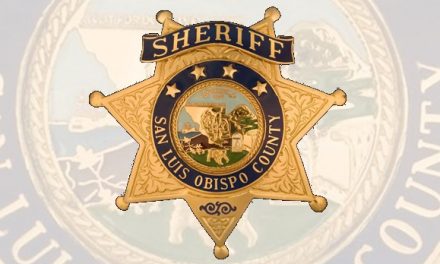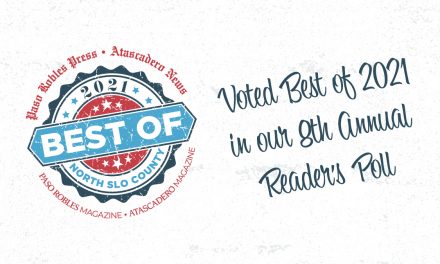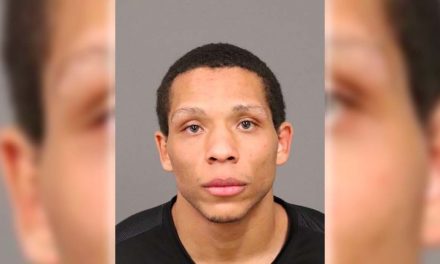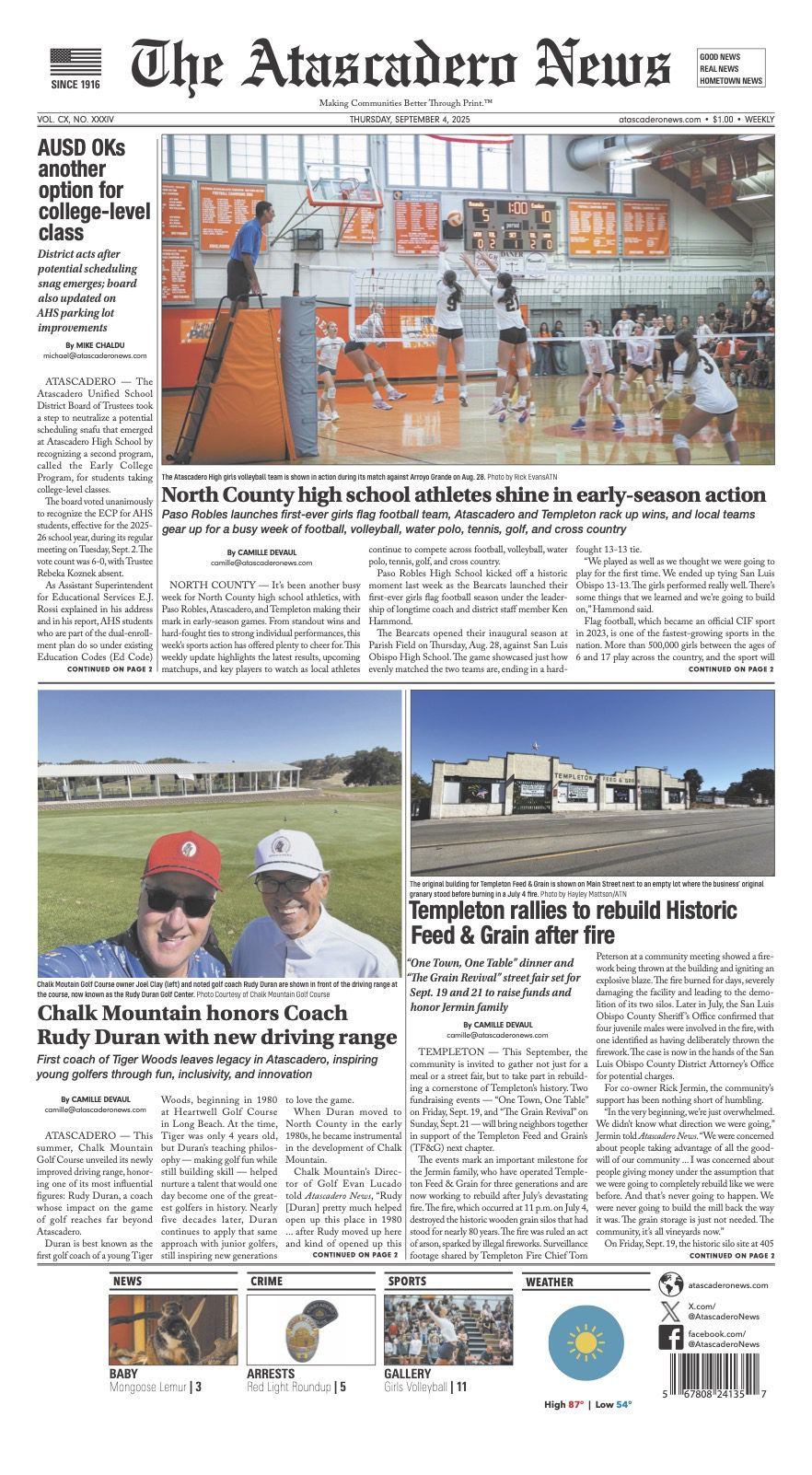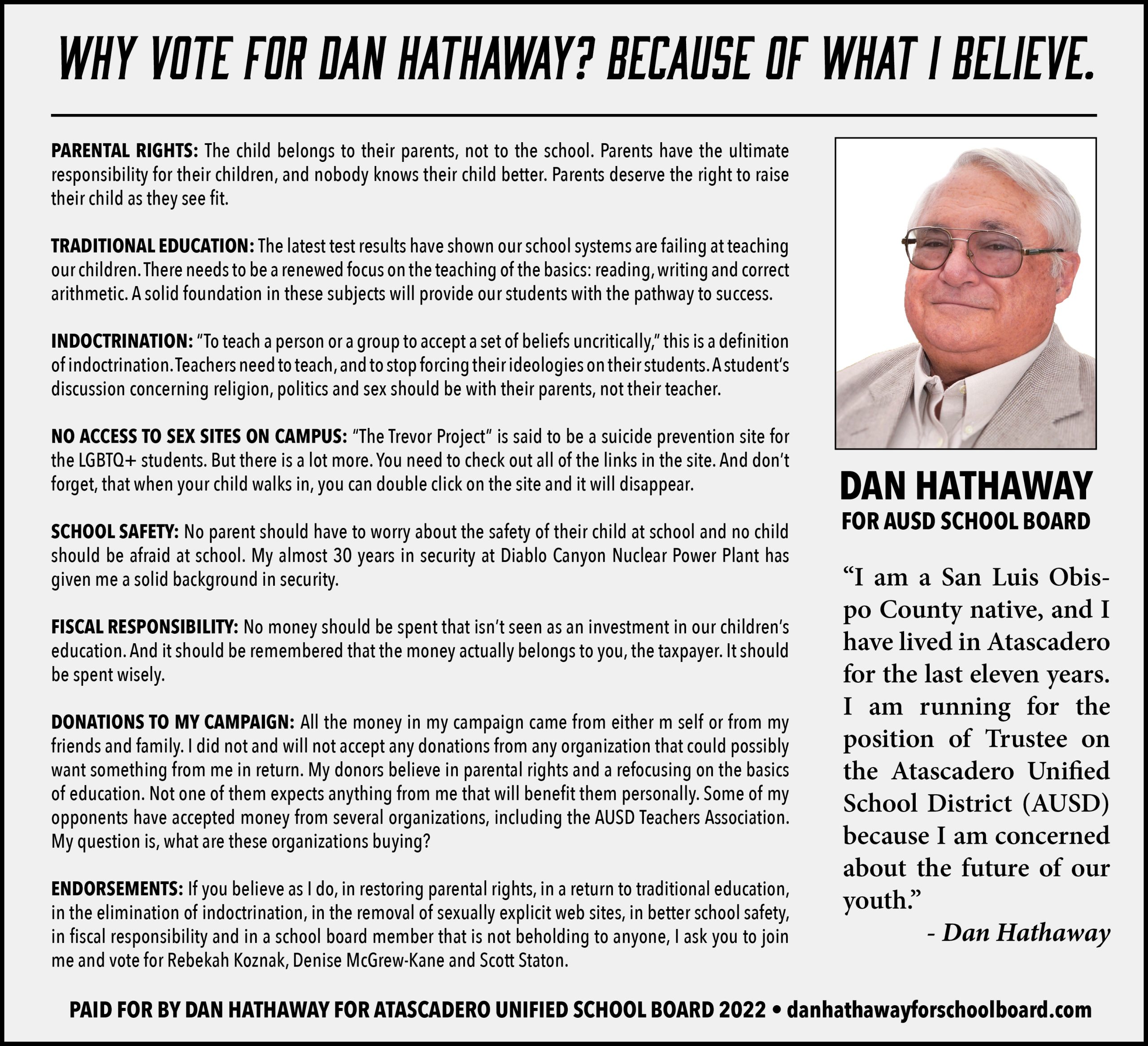SLO County Public Health Director, Dr. Penny Borentein, advises that everyone stay cool, stay hydrated, and stay connected during extreme heat.
As temperatures climb in areas of San Luis Obispo County, the Public Health Department encourages residents to protect themselves from heat-related illness and check on those who may be especially at risk.
This heat safety is especially important as some residents continue to shelter at home and others begin returning to work outdoors.
You can reduce the risk of heat-related illness by staying cool, staying hydrated, and staying connected during extreme heat.
Stay cool:
- Stay in air-conditioned buildings as much as possible. If you do not have air conditioning at home or another safe place, use a fan in combination with cool water from a spray bottle or cold wash cloth.
- Avoid exercising or working outdoors during the hottest times of day. Take advantage of cooler early morning and later evening hours. If you must exercise or work outdoors in the heat, pace yourself and take frequent breaks.
- Wear lightweight, light-colored, loose-fitting clothing. Outdoors, wear a wide-brimmed hat.
- Take cool showers or baths. Keep a spray bottle of water in the refrigerator to spray yourself with cool water if needed.
Stay hydrated:
- Drink more water than usual. Don’t wait until you are thirsty to drink more water.
- Avoid alcohol and sugary beverages. Drink cool water instead.
- If you are working or exercising outside, drink two to four cups of water every hour.
Stay connected:
- Check on neighbors, family, and friends who are especially at risk. This includes children, the elderly, people with health conditions (including mental health conditions), people who work outdoors, and people who do not have access to air conditioning. If you are at risk, ask someone to check on you. Be safe and mindful of COVID-19 precautions: check-in by phone or text, and keep at least six feet of distance if you need to check in person on someone outside your household.
- If you must work or exercise outdoors in the heat, use a buddy system. Monitor your buddy for signs of heat-related illness (see below), and ask them to do the same for you. If you see signs of illness, stop work or exercise and move to a cooler environment. Continue to be mindful of COVID-19 and maintain at least six feet of distance from your buddy.
- Never leave people or pets in closed, parked cars. Temperatures in a closed, parked car can soar to dangerous levels in a matter of minutes.
- If you see signs of heat-related illness, take action immediately.
When the body becomes too hot and cannot cool itself, risk increases for heat exhaustion and heatstroke.
Heat exhaustion symptoms include:
- heavy sweating
- weakness
- cold, pale, and clammy skin
- fast, weak pulse
- nausea or vomiting
- fainting
Heatstroke symptoms include:
- high body temperature (above 103°F)
- hot, red, dry, or moist skin and NOT sweating
- rapid and strong pulse
- confusion and possible unconsciousness
If you see signs of either illness, immediately move the person to a cooler area to lie down and rest. Cool the person with a cool (not cold) shower, bath, or wet cloth.
In the case of heatstroke, remember: heatstroke is a medical emergency. Call 911 immediately or ask someone to call 911 while you focus on helping the person cool down. A person suffering from heatstroke should not drink liquids.
In the case of heat exhaustion, the person may sip cool water. If the person repeatedly vomits, seek medical attention. Most people recover from heat exhaustion without medical attention.





